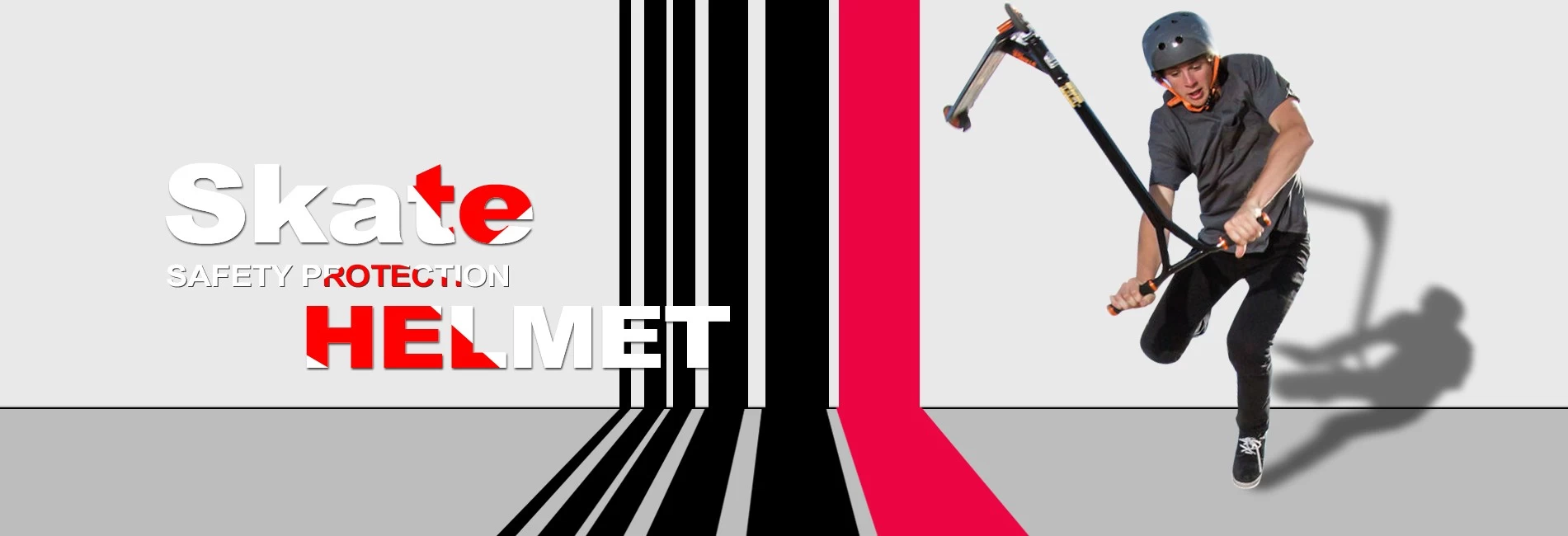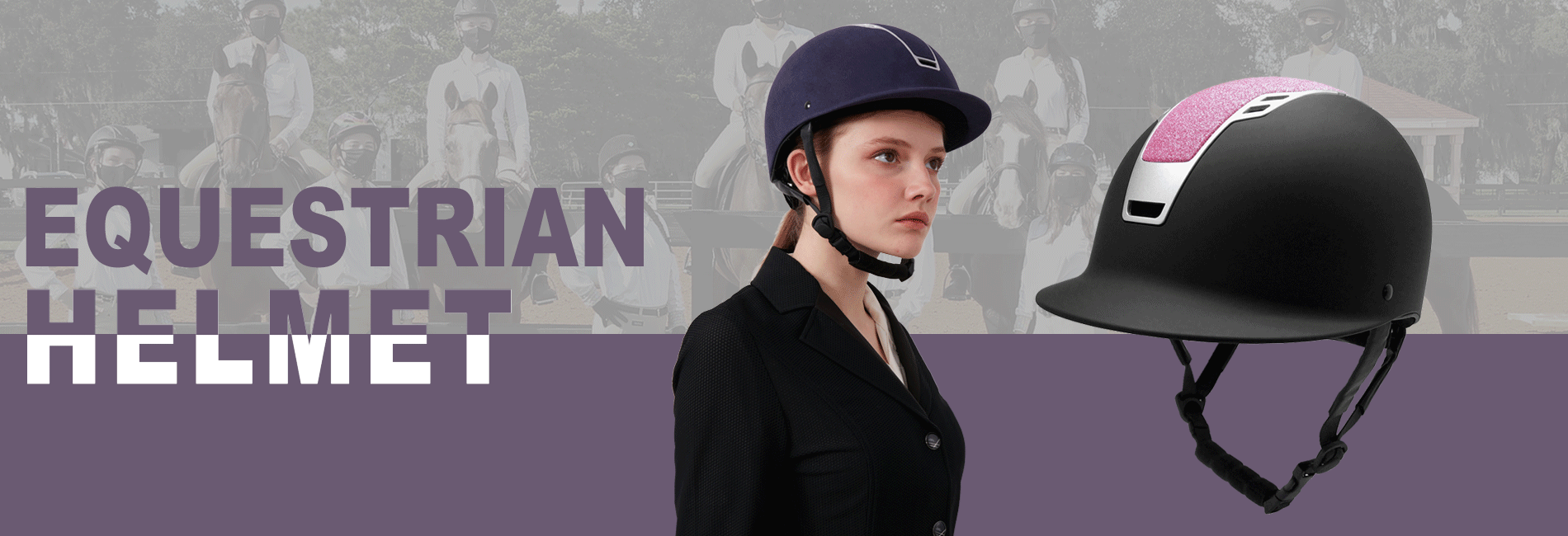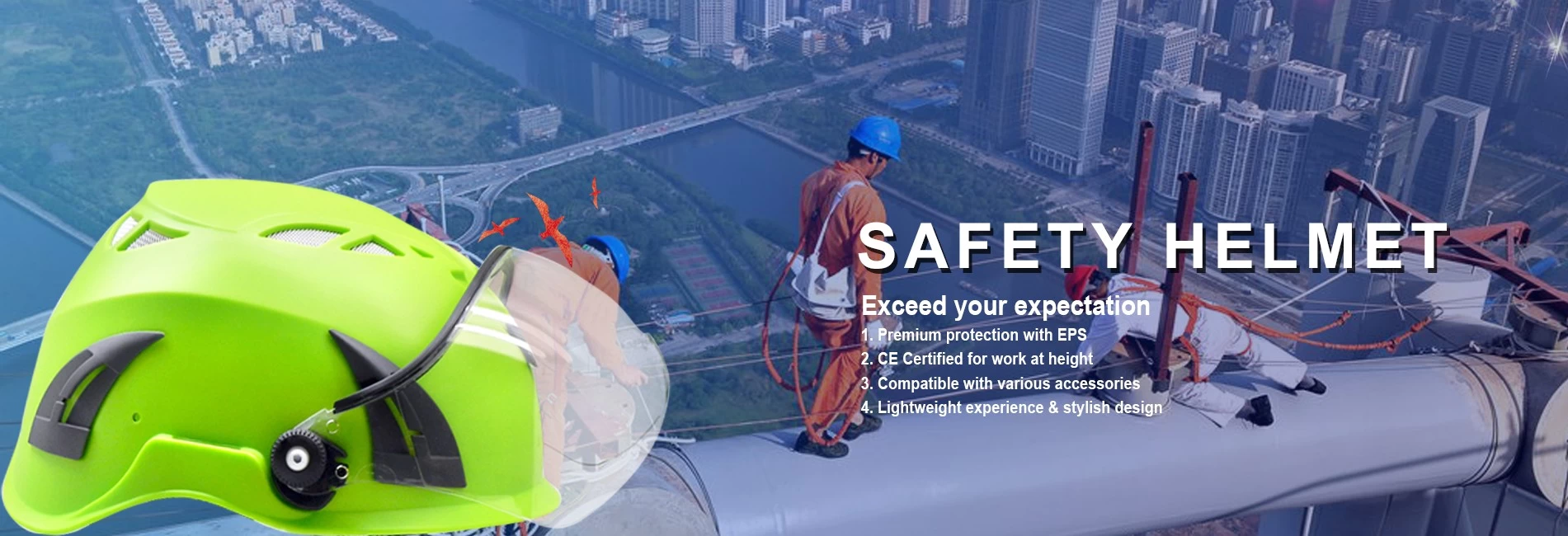It is necessary to wear a helmet to ride a bicycle
2020-10-29 09:09:06
It is necessary to wear a helmet to ride a bicycle. Wearing a helmet can prevent brain injuries caused by falls or other accidents. When you are riding, once an accident occurs, even a slow speed may cause major brain damage. Wear a helmet is necessary, whether it is riding a bicycle, an electric car, or a motorcycle. Whether in a big city or in the suburbs. Cycling is a fun, healthy and effective way to travel.


Despite the obvious advantages, cycling is still dangerous. According to a study conducted a few years ago, the pedal cycle death rate in New Mexico, the United States ranked second in the country, and the fatal accident rate for cyclists was 1.5 times higher than the national average. Obviously, cyclists should be especially careful and take all necessary measures to protect themselves, especially on roads driven by motor vehicles.
One of the most popular safety measures is: bicycle helmets. Then, bicycle helmets happen to be the most controversial safety measure, which may surprise people. The use of bicycle helmets has both enthusiastic supporters and firm critics. The debate about whether to use helmets has been going on for many years, and there is no sign that this issue will be resolved soon.
your head in an impact.
One of the most important benefits of using helmets is to prevent head injuries. A comprehensive study analyzed the relevant data of more than 64,000 cyclists from all over the world. According to this study, the use of bicycle helmets can reduce 70% of serious head injuries and 65% of fatal head injuries.
The researchers also reviewed more than 40 independent studies on helmet use. They believe that helmets can effectively prevent facial injuries, and contrary to popular belief, helmets have nothing to do with the risk of neck injuries.
Similarly, an analysis conducted in the Czech Republic in 2017 also showed the tangible benefits of using bike helmets. In this analysis, scientists investigated the deaths of 119 cyclists who died on Czech roads between 1995 and 2013.
Similarly, an analysis conducted in the Czech Republic in 2017 also showed the tangible benefits of using bicycle helmets. In this analysis, scientists investigated the deaths of 119 cyclists who died on Czech roads between 1995 and 2013.
In this study, each individual case was carefully analyzed based on police reports to determine if the victims would still survive if they wear a helmet. The researchers concluded that the use of helmets can avoid up to 37% of fatalities. However, they also pointed out that the helmet is only helpful when no one else is involved—such as a bicycle falling or colliding with an obstacle—not in the case of a motor vehicle collision.
One of the most popular safety measures is: bicycle helmets. Then, bicycle helmets happen to be the most controversial safety measure, which may surprise people. The use of bicycle helmets has both enthusiastic supporters and firm critics. The debate about whether to use helmets has been going on for many years, and there is no sign that this issue will be resolved soon.
your head in an impact.
One of the most important benefits of using helmets is to prevent head injuries. A comprehensive study analyzed the relevant data of more than 64,000 cyclists from all over the world. According to this study, the use of bicycle helmets can reduce 70% of serious head injuries and 65% of fatal head injuries.
The researchers also reviewed more than 40 independent studies on helmet use. They believe that helmets can effectively prevent facial injuries, and contrary to popular belief, helmets have nothing to do with the risk of neck injuries.
Similarly, an analysis conducted in the Czech Republic in 2017 also showed the tangible benefits of using bike helmets. In this analysis, scientists investigated the deaths of 119 cyclists who died on Czech roads between 1995 and 2013.
Similarly, an analysis conducted in the Czech Republic in 2017 also showed the tangible benefits of using bicycle helmets. In this analysis, scientists investigated the deaths of 119 cyclists who died on Czech roads between 1995 and 2013.
In this study, each individual case was carefully analyzed based on police reports to determine if the victims would still survive if they wear a helmet. The researchers concluded that the use of helmets can avoid up to 37% of fatalities. However, they also pointed out that the helmet is only helpful when no one else is involved—such as a bicycle falling or colliding with an obstacle—not in the case of a motor vehicle collision.









